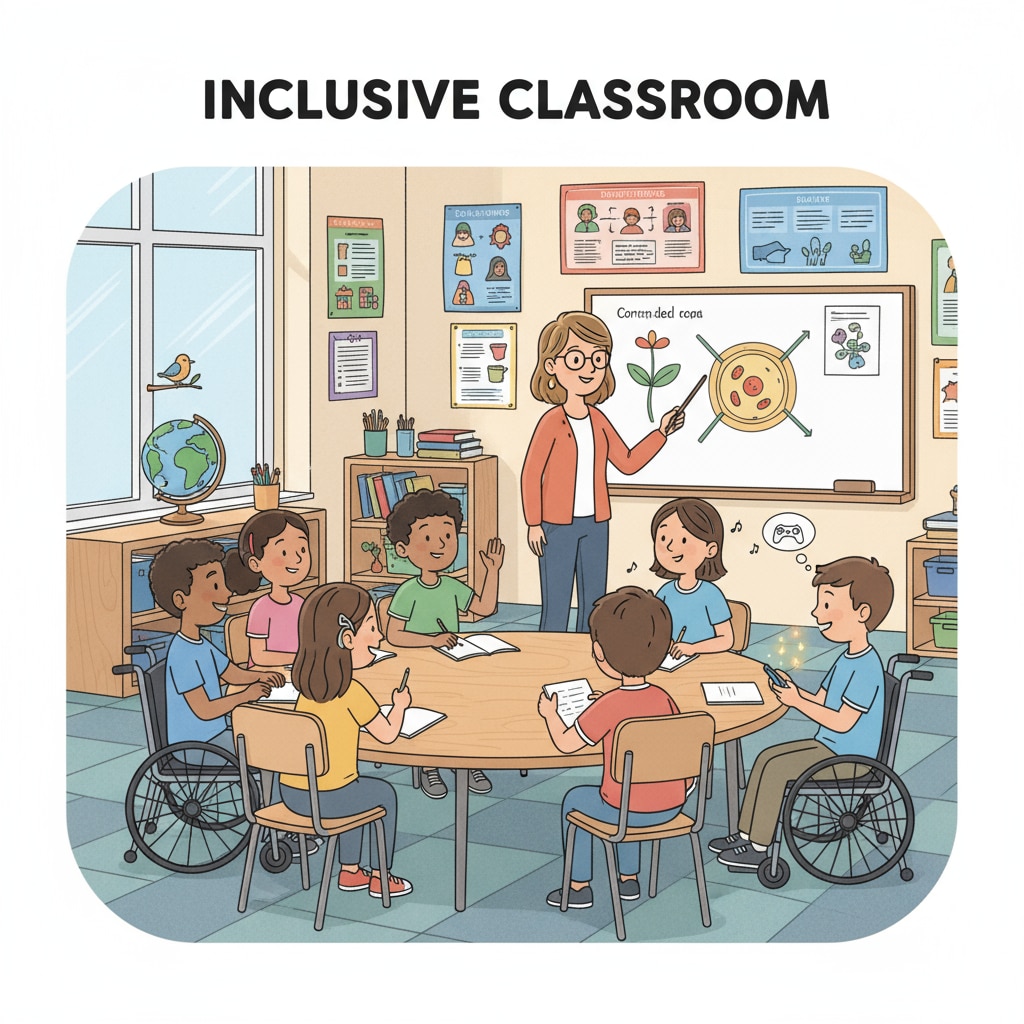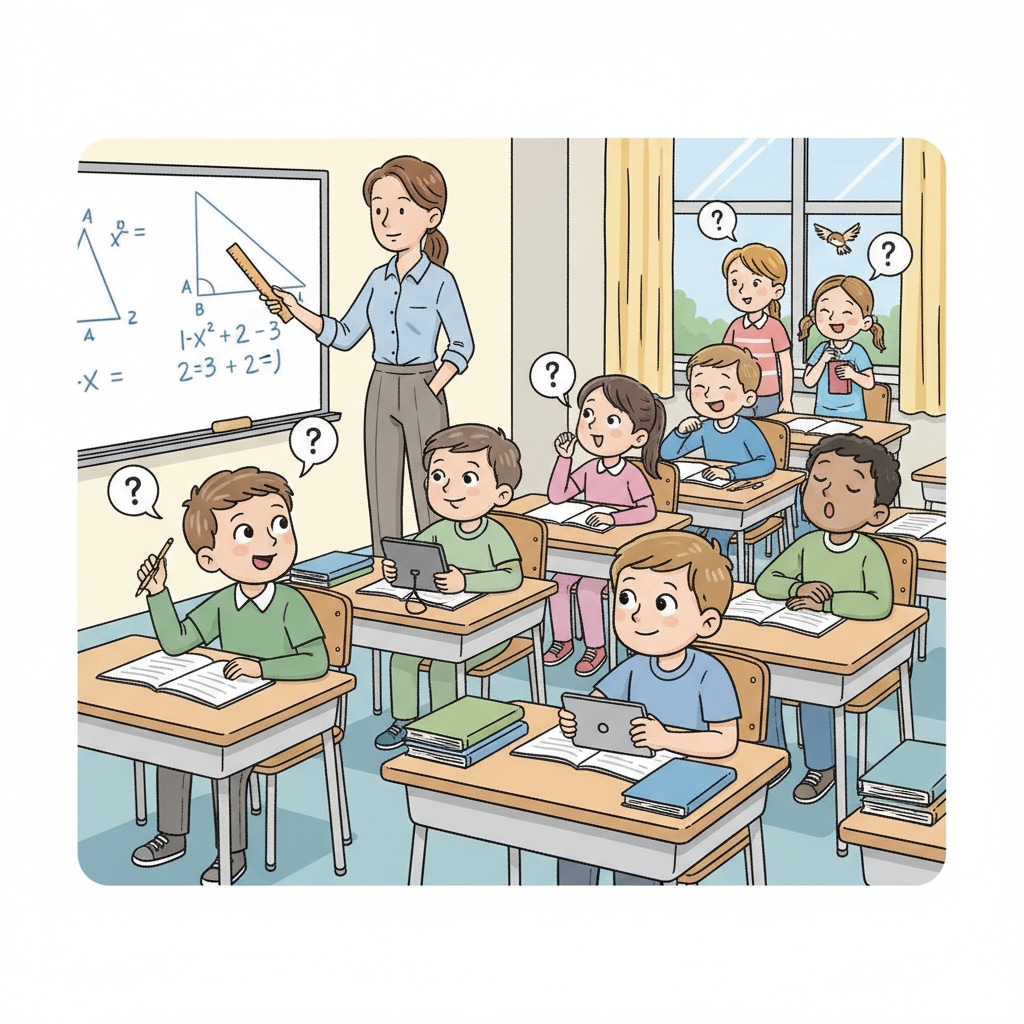In the realm of 7th grade inclusive education classes, the issue of students not following instructions presents significant teaching challenges. Teachers often find themselves grappling with how to ensure that every student, regardless of their learning abilities, comprehends and adheres to classroom directives. This article will explore the reasons behind this phenomenon and provide practical teaching strategies to overcome these hurdles.

The Root Causes of Non – compliance
One of the primary reasons 7th grade students in inclusive education classes may not follow instructions is a lack of clear communication. For example, the instructions might be too complex or delivered too quickly for some students to understand. According to Understood.org, students with learning differences may require more time to process information. In addition, distractions in the classroom environment can also play a role. A noisy classroom or interesting visual stimuli can draw students’ attention away from the teacher’s instructions.

Establishing Clear Instructions
To address this issue, teachers should start by creating clear and simple instructions. Use straightforward language and break down complex tasks into smaller, more manageable steps. For instance, instead of saying “Complete the math worksheet on page 50,” say “Open your math book to page 50. Then, look at the first problem. Write your answer in the space provided.” This way, students are more likely to understand what is expected of them. Another important aspect is to use visual aids. As stated on Education World, visual cues can enhance understanding, especially for students with learning difficulties. Posting step – by – step instructions on the board or using picture cards can be highly effective.
Furthermore, it’s crucial to ensure that students are paying attention before giving instructions. Make eye contact, call students’ names, and use attention – getting phrases like “Class, I need your full attention now.”
Readability guidance: Here, we’ve used short paragraphs to convey key points. The list of reasons and strategies helps to organize the information clearly. Transition words like “for example,” “in addition,” and “furthermore” are used to connect ideas smoothly.


